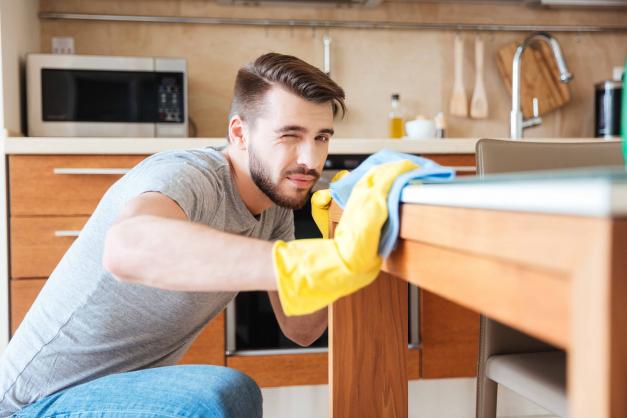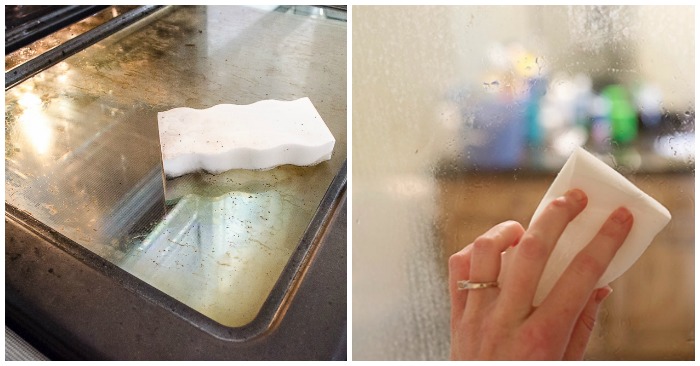
There are many ways you can clean a shower. The best methods for cleaning a shower are to clean the floor, curtains and drain. You can also clean water spots with lemon essential oil. Use ten drops oil mixed with one cup water to clean the stains. Lemon essential oil also breaks down grime and is very effective at removing stubborn water stains. Apply furniture polish to your curtain and floor before cleaning them. This will help prevent water spots from coming back.
Preparing the shower for cleaning
It is important to take out all personal belongings before you start cleaning your shower. A brush or a mesh scraper can be used to remove personal items. Rinse thoroughly the floor and walls of your shower. The shower walls and floors can be cleaned with distilled white vinegar. Mix the vinegar with a little baking soda for additional scrubbing help. Be sure to rinse thoroughly to remove all excess water. Next, follow-up with a good drying regimen.
Baking soda can be used to clean stones showers. Let it sit on the shower floor for 5-10 minutes. Then, use a toothbrush or sponge to scrub the surface. Use half a cup fabric softener if the gunk and scum is stubborn. Allow the fabric to rest for between 5 and 30 minutes before wiping off any excess.

Clean a shower tile
To keep your shower floor spotless, you can make your own cleaner. You only need some basic ingredients and some time. In no time, you'll have a sparkling clean shower floor. These are some cleaning tips that will make your shower floor shine again. First, combine baking soda and hydrogen peroxide. Use the solution to scrub the sponge for half an hour. You can also add 1/2 cup of fabric softener to the solution to remove stubborn gunk and scum. You can then leave the solution for at most half an hour before wiping.
Bleach is another option. While bleach isn't the best cleaning agent, it can remove stubborn stains as well as build-up grime. This option is good if you have concerns about fumes and want to protect your kids from chemical exposure. Use non-chlorinated Bleach. Make sure the bleach solution is completely diluted before applying it to the shower floor. Let the bleach solution sit for at minimum half an hour before you start to get rid off the grime.
Cleaning a shower curtain
Your shower curtain may look discolored and gritty. Baking soda is an easy way to clean your curtain. Baking soda is a natural cleaner that can be used to get rid of mold. Molds can grow on damp surfaces and can cause allergies. Luckily, baking soda is a mild cleaner with a pH level of 8.1. It will disinfect the shower curtain from mold spores and deodorize it. It can also be used to get rid of mildew. After you have applied the paste, warm water can be used to rinse it off.
You can extend the life of your shower curtain by cleaning it after you have done so. If you're persistent, this cleaning can be done every week or monthly. Spray the curtain with all purpose cleaner or spray bottle of white vinegar, and let it sit for five to ten minutes before cleaning it. This will keep your shower curtain looking clean for longer, which can make your cleaning schedule more manageable. To keep your shower curtain clean and prevent mold growth, it is a good idea every three months.

Shower drain cleaning
You can use vinegar or baking soda to clean clogged shower drains. Both of these can be purchased in the store or homemade at home to dissolve the blockage. Pour one cup of each into your drain. Let it sit for at least 15 minutes. When the drain is clean, flush the area with hot water. Once the drain is clear, you can repeat the process. However, the next step should be performed with caution.
The shower pan is the surface of the shower stall. Clogs are usually caused by hair, soap, or mineral deposits. Use a softener-based detergent if you're washing your pan by yourself. For best results, use hot water and a bicarbonate of soda. After the solution has completely dissolved add 120mls of white vinegar, and then rinse the drain.
FAQ
Do I have to wear gloves when cleaning?
While cleaning, gloves are a must. Gloves prevent your hands from getting contaminated and cut. Gloves prevent germs from spreading.
Which is better, a professional or DIY cleaning solution?
It all depends upon the size of your home, and the type cleaning you want.
A DIY cleaning solution can be used for small homes. However, if you're planning to clean a big house, you should probably hire a professional cleaning service.
What time will it take to clean up my house after I move?
It depends on how big your house is and how much work you need to do. If you're moving in or out of a small apartment with little furniture, then you can expect to spend about two hours cleaning your place before you leave.
You could spend eight hours cleaning up if you have a large home.
The average time it takes to clean a one-bedroom flat is 4 hours, but if you're moving into a 5-bedroom mansion, you could expect to spend between 8-12 hours.
How much does housecleaning run?
There are lots of factors that determine the cost of your house cleaning. One of the biggest factors is the number of people who will be living in your home.
A large family will likely cost you more than someone with a smaller household.
Another factor is the type and amount of cleaning that you require. Deep cleaning can be more expensive than just vacuuming. This is because it requires more dirt and grime to remove.
Additional charges may apply for services such as oven cleaning and window washing. These are additional services that many cleaners charge separately.
The location of your home is an important factor in determining the price. The higher your price will be if you're closer to major roads.
Statistics
- You must see the house in question when estimating all private house cleaning jobs, according to Cleaning 4 Profit. (freshbooks.com)
- Add 33 percent on top of your cost. (freshbooks.com)
- You can estimate that payroll taxes will cost 18 percent of your labor cost, according to Cleaning 4 Profit. (freshbooks.com)
- A single-family home should cost $120 to $150 to clean, according to Home Advisor. (freshbooks.com)
External Links
How To
How to clean your upholstered furniture
It is not easy to clean upholstered furniture because it has a complex structure with multiple layers of fabric and fabrics. It takes patience, skill, and a lot of patience. There are four main methods: steam cleaning, dry cleaning and washing. Each method has its advantages and disadvantages. We will be discussing how to clean upholstered furniture.
Steam cleaning is one of the most commonly used methods for cleaning upholstered furniture. Steam cleaning uses hot water and detergent to remove dirt from the fabric. The upholstery should not have any dust. However, if any dust or moisture is left after the first cleaning, you should use another cleaning solution. You must not steam clean leather upholstery. Leather is sensitive to moisture and can become soft over time. Because leather is porous, steam may get into the material and cause damage.
Dry cleaning is ideal for upholstery that has only cotton or synthetic fabric. Dry cleaning can be used to remove soils and stains without damaging fabric. Dry cleaning works well for light to medium soil such as food residue, pet hair, mud, sand, paint, ink, and grease. These types of stains can be removed with a vacuum cleaner equipped with a brush attachment.
Upholstering furniture made out of natural fibers is easy with washing. Washing usually involves soaking the fabric in warm water mixed with soap and mild detergent. After soaking the fabric in warm water, rinse it with cold water. Use a sponge/cloth to gently rub down the fabric. Apply a small amount stain remover to the area where the stain is located after rinsing. Allow the mixture to sit for a few minutes before wiping away any excess liquid. Rinse the fabric once more. You can buy washable upholsteries at most stores.
You can make your own upholstery cleaner by making your own solution. Combine 1 cup vinegar, 2 cups baking soda, 1/4 cup dishwashing solution, and place in a container. Fill the bucket halfway with warm water. Soak the upholstery in the solution overnight. Use cold water to thoroughly rinse the fabric. This step should be repeated every two weeks to maintain a clean upholstery.
Waxing can be an option if you aren't comfortable with the idea of chemicals. Waxing can be used to protect your upholstered furniture from fading, cracking and staining. Place a piece of plastic wrap on the area you want to wax. This will prevent scratches. Use a foam applicator to apply a layer of wax. Wait for the wax mixture to dry completely. You can remove the plastic wrap and rub the surface with a clean towel.